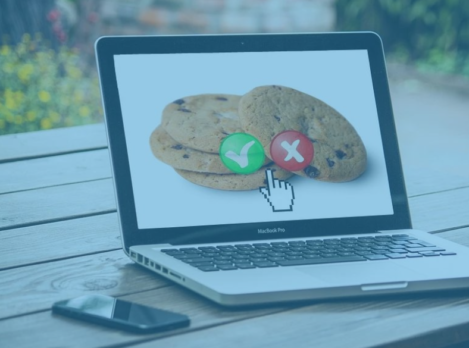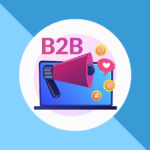Web browsers from Apple and Firefox have already blocked third-party cookies by default and Google is said to be following suit soon. Originally, Google shared in a blog post that it would end third-party cookies in 2022 but that has now been pushed until 2023. Many in the digital advertising industry is calling it the cookie apocalypse. The countdown is on. Are you prepared for a cookieless future?
How to Prepare for the loss of 3rd Party Cookie Data.
Access to free content in exchange for collecting your personal data has occurred for decades online. Personal data is collected by identifiers, called cookies, that track someone’s behaviour online and help advertisers target ads effectively. That bargain is now coming to an end with the deprecation of third-party cookies. The way we advertise is changing and it is crucial that your business is prepared.
Identify where you are using 3rd party data
Before you begin to prepare for a cookieless future, it is important to identify where you are currently using third-party data. When you gather where your third-party data is coming from, you can better prepare for how to adapt to the changes once they arrive. A good place to start is looking for any remarketing campaigns that you are currently running.
Gather more first-party data
While third-party data is disappearing, first-party data is here to stay. It’s the data that comes from people engaging with your product, app, or website directly. This data is given with consent and can be more accurate than third-party data. First-party data provide lots of information that you can use to learn about your customers. This might mean analyzing and implementing strategies to collect more first-party data.
Ensure compliance with privacy laws and data transparency
Governments are seeking to protect the privacy and the rights of website users. Waves of new legislation is being created which comes with civil and/or criminal penalties that you’ll want to avoid. Make sure you are complying with current privacy and data transparency laws in the regions where you do business especially if you do business globally.
User segmentation
Once you’ve started to gather more first-party data, you can start to segment users to target each of them more directly. Remember, not all data is equal. Pick the data elements that you think are needed for your segmentation. You can use the data collected to create controlled tests to determine user segmentation and start to identify potential customers.
Identify customers using 1st party-data
The data you collect from user segmentation will help you identify customers. You can use the insights you’ve gained to start identifying customers. Software is available and more is coming that will help you create IDs for customers that can then be connected to other tools like CRM software or identify resolution platforms.
Rebirth of contextual advertising
Contextual advertising uses automation to displays relevant ads to someone based on the content of a webpage. It matches the content that is found on the page and uses that content in an ad. Whether or not you know it, you’ve seen this type of advertising before. For example, a car dealership ad in an article about cars. Behaviour targeting has pushed contextual advertising aside, but privacy laws are moving the industry to shift back to it as it doesn’t rely on third-party cookies.
This is challenging for my business
The removal of third-party cookies from web browsers is the latest indication of privacy and data transparency changes to come. This presents new challenges for marketers and for companies that rely on advertising revenue. Google and Facebook have yet to deliver new solutions. Many big players are currently working on innovative solutions and are currently testing them. While a cookieless future is here, it doesn’t mean all is lost. We can help you prepare for this new frontier.







